
It’s full speed ahead for electric vehicles. The nascent advances began in the early 2000s and continued through the 2010s with consumer-friendly EVs like the Leaf and Tesla Model S. Now the car industry and state and federal governments have fully (or at least mostly) embraced EVs. Nineteen states (and Washington, D.C.) have formal plans to adopt California’s Advance Clean Cars program to reduce new internal combustion engine (ICE) vehicle production to zero by 2030.
Congress helped pass the 2022 Inflation Reduction Act, endorsed by President Joe Biden, which includes extending the electric vehicle tax credit deadline and restricting its application to automobiles made in the United States. Since Biden took office, automakers have promised more than $36 billion in investments to increase domestic EV manufacturing and $48 billion for U.S. battery production.
EV adoption will help drastically reduce emissions from ICE vehicles. Air pollution from motor vehicles like cars, trucks, planes, trains, and boats results in serious climate and public damage. Eradicating millions of cars belching this exhaust byproduct into the air every day will have positive effects on the environment and our lungs.
Of course, EVs are also bound to have adverse consequences. This transportation revolution still requires industrial factories to construct bodies, parts, as well as EV chargers. Lithium-ion batteries and other elements require mining, aka stripping the Earth of its minerals. These batteries and their components also have expiration dates, meaning more waste that can harm the environment wherever it might be dumped.
As EVs make further ground in shaping U.S. transportation, it’s time to mark where we are as far as adopting these new cars and where the industry might be going in the future. That’s right: It’s time to take a look at the impact of electric vehicle production on the environment — the good, the bad, and the ugly (and not always in that order).
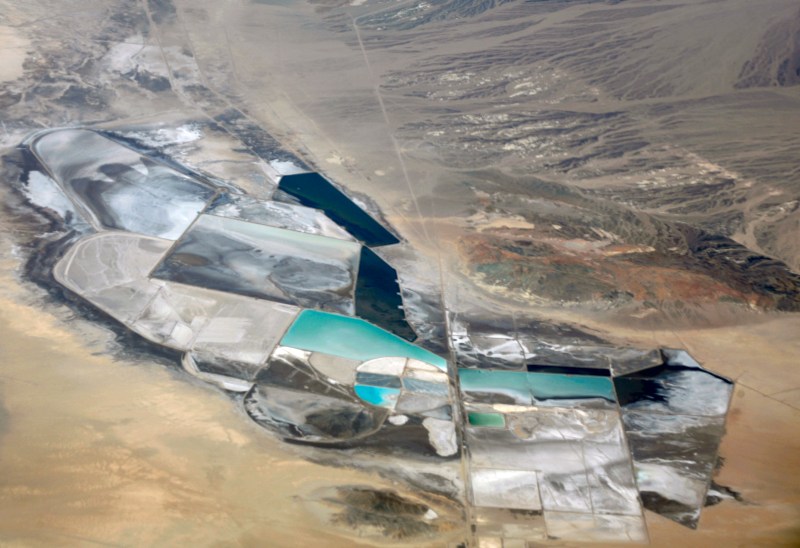
Lithium mining
The ugly is obvious, as lithium mining leaves conspicuous scars on the Earth’s surface. Aerial photographer Tom Hegen documents this invasion in The Lithium Series. Great South American desert expanses become deleterious modern art from above. Square pools and quadrangular canals cut across the landscape — humanity’s logic laid upon the raw world.
According to Hegen, over half of all mined lithium comes from groundwater running hundreds of feet below the vast salt flats that make up the “Lithium Triangle” that spreads across Argentina, Bolivia, and Chile. Because this is one of the world’s driest and least habitable places, massive amounts of groundwater must be pumped out to extract lithium. Over the course of a year, lithium concentration grows as water dehydrates in the sun. These massive fields are now visible from space. With billions invested in lithium-ion production, mining the resources of poorer nations will continue. Still, Mital points out, this effect should not slow the transition away from an even worse option.
“The environmental effects of oil drilling, refinement, and distribution are far worse. Don’t let the good be the enemy of the perfect,” said Steve Mital, director of sustainability at the University of Oregon.
Forged by the Federal Consortium for Advanced Batteries, the National Blueprint for Lithium Batteries 2021–2030 outlines the federal government’s plan to boost the domestic lithium supply chain, which starts with processing and producing mined lithium. This will be an enormous undertaking. A U.S. Geological Survey asserts that the country only contains about 3.6% of the world’s available lithium, and the only active lithium mining site is in Nevada. This won’t stop the government from trying to utilize these resources. Just this October, Biden announced $2.8 billion in grants to elevate U.S. production of electric vehicle batteries. The government also created Li-Bridge, a public-private partnership to help execute this mission. In addition to mining new lithium, there is the opportunity to utilize the already spent element.
“We’ll start to see the first massive wave of spent lithium batteries in about five to seven years. We need to develop viable lithium recycling and reuse markets,” Mital said.
Market research indicates that improvements in extracting and reusing spent cells could grow tenfold by 2030.
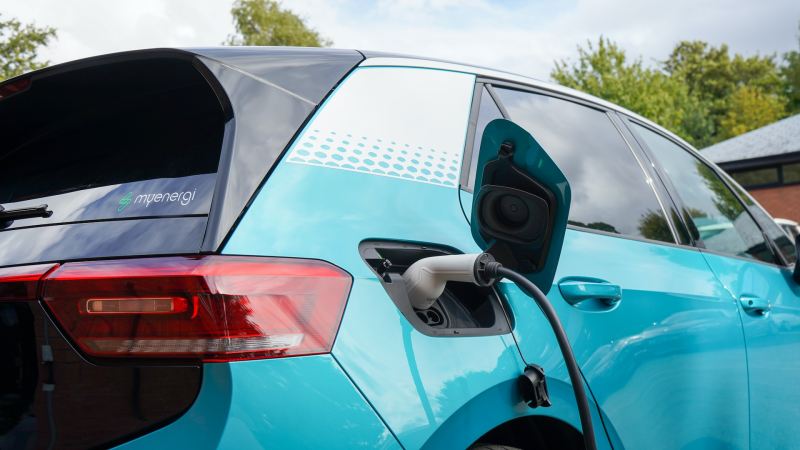
Cobalt mining
Minnesota strategic nonprofit Fresh Energy explains how cobalt is used in many, many lithium-ion battery products, from consumer goods like cell phones and tablets to EVs and aircraft engines. The problem is, that as of 2020, the Democratic Republic of the Congo mines as much as 70% of the world’s cobalt supply, according to the Council on Foreign Relations. Here, workers (including children) in unregulated mines face dire health and safety conditions.
“EV makers are compliance driven,” Mital wrote. “That means it’s up to regulators to establish policies and enforcement mechanisms. These too will fall short if consumers in wealthy countries aren’t willing to pay the cost associated with fair labor practices.”
Efforts are being made to pressure the Congo and other countries to shore up the regulation of human rights abuses, especially in so-called ‘artisanal mines’. Asking another nation to change its ways can be a challenge, however, especially if the world continues to buy its cobalt. A move away from using cobalt in lithium-ion batteries may signal a more sustainable shift.
According to Fresh Energy, cobalt is not even necessary for EV battery function. There already exists other battery tech like nickel-iron-aluminum cathodes and lithium-iron-phosphates that do not use cobalt. According to Electrek, many EV makers are embracing cobalt-free batteries. Tesla EV batteries, for example, already contain less than 5% cobalt while the company works to wean itself completely from the element. In 2021, GM revealed a battery system that uses 70% less cobalt than its current battery tech.
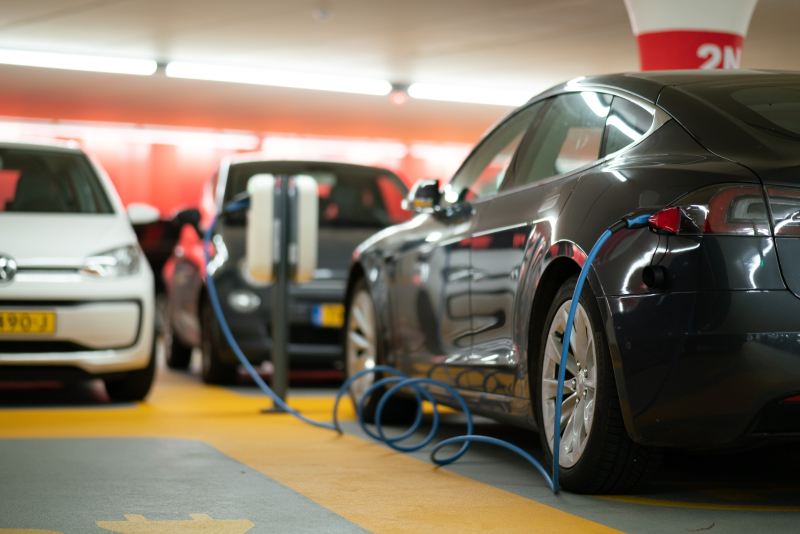
Rare-earth element extraction
Same story, different place. EV batteries, cell phones, and all manner of consumer tech require rare-earth elements to function. While these minerals are actually prevalent in the Earth’s crust, they are difficult to separate from their constituent parts — hence the need to blow up chunks of land and sift through the remaining detritus. Because processing rare-earth minerals means separating them from radioactive elements like uranium and thorium, the resulting waste is also radioactive (per the EPA). Disposing of other resultant byproducts can also harm the surrounding ecosystem, releasing hazardous materials into the soil, water, and air.
In 2019, a U.S. Geological Survey determined that China was responsible for 80% of the world’s rare-earth imports. Because China does not have as strict environmental or labor regulations, this has been a difficult market share to combat. This has not stopped the U.S. from investing heavily in developing a domestic supply. As part of Biden’s $2 trillion infrastructure bill, $30 million is devoted to the Department of Energy to help build a domestic supply of rare-earth elements.
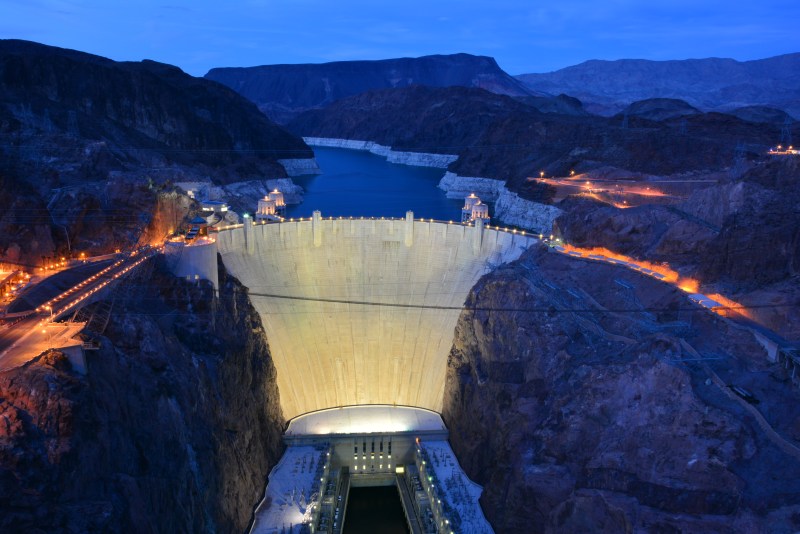
Power plant emissions
Another criticism of EVs is that they need electricity to run. This means plugging into an electricity grid that can include dirty energy sources like coal, destructive dams, and even burned waste products. This drawback, however, is being mitigated by growing support for alternative energy sources.
“Many states have renewable portfolio standards in place,” Mital wrote. “The technology to green the grid has developed quite a bit, and now there is significant federal investment to continue the momentum.”
Renewable energy has been evolving and gaining steam since the 1970s. It accounted for 20% of the nation’s electricity production in 2021, according to the U.S. Energy Information Association (EIA), and this number is only growing. According to the EIA, solar and wind are expected to add another 60% in energy-generating capacity for the grid in 2022. President Biden is making sure that the federal government is greening the grid by establishing a fund for the first $2.5 billion in the Department of Energy’s $20 billion “Building a Better Grid Initiative.”

Alternative transportation
One argument against EVs is that simply switching from ICE to electric cars neither improves access to transportation nor shifts the U.S. away from a wasteful, inequitable system that puts the onus on individuals rather than communities to get people from place to place.
“We should be investing in density. Efficient transportation will follow,” Mital wrote.
Through its Economic Development Corporation, New York City is partnering with businesses and districts to generate new sources of revenue, spark startups, direct money to schools, and improve local access to resources. This is only one example of dozens of incentive programs spread across municipalities and states throughout the world.
The Infrastructure Bill helps support these movements from a national level. The legislation allocates $91.2 billion in “mandatory transit funding and supplemental transit appropriations” over the next five years. According to the U.S. Department of Transportation, this amount represents the largest transit financing in American history. The bill also appropriates $66 billion in supplemental passenger and freight rail improvement over the next five years.
The good, the bad, and the ugly elements of EVs highlight how committed the U.S. is to transitioning to more Earth-friendly transportation. What the consequences of this transition might depend on how technology develops to limit the ugly effects, and how EVs fit into the wider picture of what a greener future might look like.
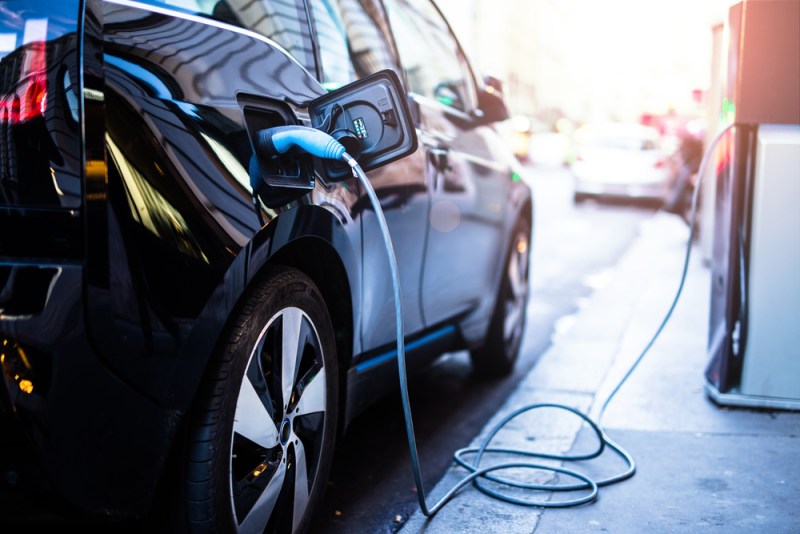
Can EVs help reduce climate change?
While there are definitely some detrimental effects stemming from the manufacturing of electric vehicles and their batteries, overall, they are much better for the environment than traditional cars.
According to the Environmental Protection Agency, greenhouse gas emissions associated with EVs and their manufacturing process are still lower than the emissions generated by a gas-powered car over its lifetime of use. This is because even though the manufacture of the EV and its battery, as well as the electricity used to charge the electric vehicle, causes some pollution, an EV doesn’t have any tailpipe emissions, while a regular car does, and those emissions increase a gasoline car’s carbon footprint much more.



